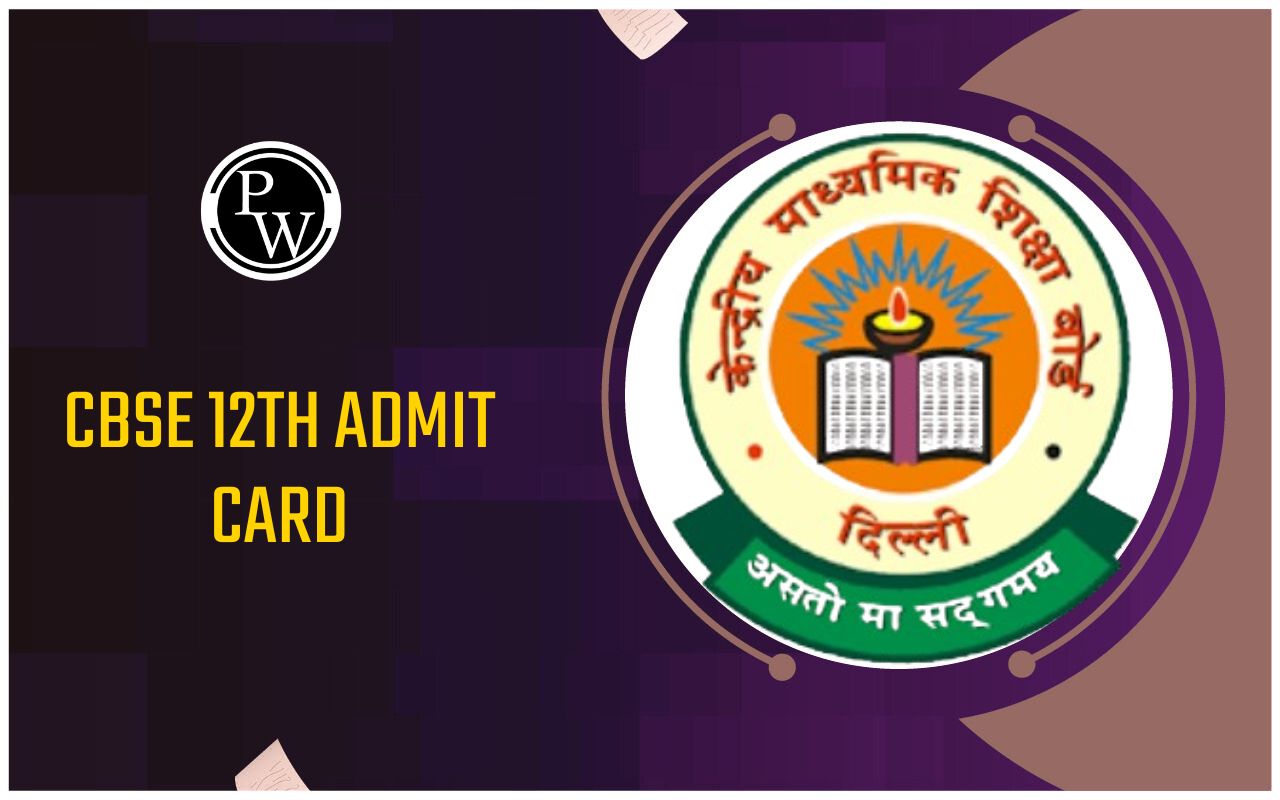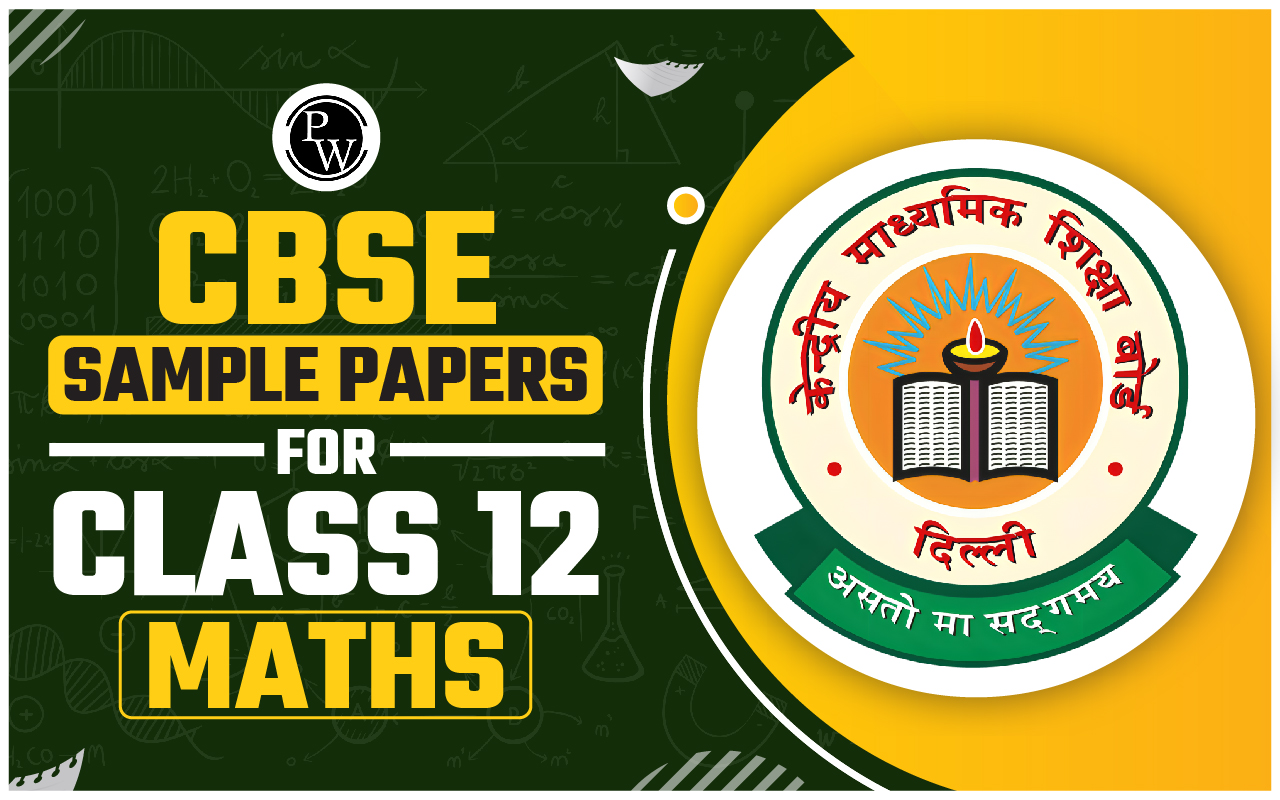
In Chapter 1 of the Class 12 Relations and Functions , the curriculum commences with a review of the fundamental notations and concepts related to relations and functions. During their previous year in Class 11, students have already been introduced to the notions of domain, codomain, and range, along with an exploration of various specific real-valued functions and their corresponding graphical representations.
In Class 12, Chapter 1 delves deeper into the study of relations and functions, encompassing a comprehensive understanding of different types of relations and functions, as well as an in-depth exploration of concepts such as function composition. This chapter equips students with a more intricate grasp of these mathematical concepts.
Relation
A relation is a concept used to establish a connection between two objects or quantities. Consider two sets and a relationship between them is established when there is a connection between the elements of these sets.
Mathematically, a relation "R" from set "A" to set "B" is defined as a subset of the Cartesian product A × B, where the relationship between the first element "x" and the second element "y" of the ordered pairs in A × B is described.
Types of Relations
Relations can be categorized into different types, including:
- Empty Relation: If no element of set "A" is related to any element of set "A," i.e., R = φ ⊂ A × A, it is called an empty relation.
- Universal Relation: If every element of set "A" is related to every other element of set "A," i.e., R = A × A, it is termed a universal relation.
- Reflexive Relation: A relation "R" in a set "A" is reflexive if (a, a) ∈ R for every "a" ∈ A.
- Symmetric Relation: A relation "R" in a set "A" is symmetric if (a1, a2) ∈ R implies that (a2, a1) ∈ R for all "a1" and "a2" ∈ A.
- Transitive Relation: A relation "R" in a set "A" is transitive if (a1, a2) ∈ R and (a2, a3) ∈ R imply that (a1, a3) ∈ R for all "a1," "a2," and "a3" ∈ A.
- Equivalence Relation: A relation "R" in a set "A" is an equivalence relation if it is reflexive, symmetric, and transitive.
Functions
A function is a special type of relation in which each input (element from the domain) corresponds to a unique output (element from the codomain). It follows a rule where each value in the domain maps to only one value in the codomain.
Mathematically, a relation "f" from a set "A" to a set "B" is defined as a function if every element in set "A" has one and only one image in set "B."
Types of Functions
Functions can be classified into different types, including:
One-to-One Function: A function f: X → Y is said to be one-to-one (or injective) if the images of distinct elements of X under f are distinct. In other words, for every x1, x2 ∈ X, f(x1) = f(x2) implies x1 = x2. Otherwise, it is called many-one.
These concepts and topics form the foundation of the Relations and Functions chapter in Class 12 mathematics.
Onto Function: An onto function, denoted as f: X → Y, is described as surjective. In this context, it means that every element present in the codomain Y corresponds to an element in the domain X under the function f. More formally, for every y ∈ Y, there exists an element x in X such that f(x) = y.
One-One and Onto Function: When a function f: X → Y exhibits both one-one (injective) and onto (surjective) properties, it is referred to as a one-one and onto function, or simply, a bijective function.
Composition of Functions: If we have two functions, f: A → B and g: B → C, we can create a new function gof: A → C by performing the composition of f and g. This is achieved by defining gof(x) = g(f(x)) for every x ∈ A.
Invertible Functions: A function f: X → Y is deemed invertible if there exists another function g: Y → X such that gof = IX (the identity function on X) and fog = IY (the identity function on Y). The function g is recognized as the inverse of f and is denoted as f⁻¹. Importantly, if a function is invertible, it must possess both one-one and onto properties, and conversely, a function that is one-one and onto is invertible.
Binary Operations: A binary operation ∗, applied on a set A, is represented as ∗A × A → A. This signifies that ∗ takes two elements from set A and produces a result that belongs to the same set A. The notation ∗(a, b) is commonly used to represent the operation a ∗ b.
Also Check – Logarithm Formula
Solved Examples
Example 1: Prove that subtraction and division are not binary operations on the set of real numbers (R).
Solution:
For subtraction: The operation '-' defined as a binary operation on R would be written as R × R → R, given by (a, b) → a - b. However, it is not a binary operation because if we take (2, 5) as an example, the result of 2 - 5 is -3, which is not in the set of natural numbers (N). Therefore, subtraction is not a binary operation on R.
For division: The operation '÷' defined as a binary operation on R would be written as R × R → R, given by (a, b) → a ÷ b. This is also not a binary operation because if we take (2, 5) as an example, the result of 2 ÷ 5 is 2/5, which is not in the set of natural numbers (N). Therefore, division is not a binary operation on R.
Example 2: Given two functions f : {2, 3, 4, 5} → {3, 4, 5, 9} and g : {3, 4, 5, 9} → {7, 11, 15}, where f(2) = 3, f(3) = 4, f(4) = f(5) = 5, g(3) = g(4) = 7, and g(5) = g(9) = 11. Find gof.
Solution:
To find gof, we need to perform the composition of functions g and f.
gof(2) = g(f(2)) = g(3) = 7
gof(3) = g(f(3)) = g(4) = 7
gof(4) = g(f(4)) = g(5) = 11
gof(5) = g(f(5)) = g(5) = 11
So, the composition gof is defined as:
gof = {(2, 7), (3, 7), (4, 11), (5, 11)}
Example 3: Prove that the relation R on the set of integers (Z), defined as R = {(a, b) : 2 divides a - b}, is an equivalence relation.
Solution:
Reflexivity: The relation R is reflexive because for any integer 'a', 2 divides (a - a) which is equal to 0, and 0 is divisible by 2.
Symmetry: If (a, b) is in R, it means 2 divides (a - b). Therefore, 2 also divides (b - a), which implies (b, a) is in R. So, R is symmetric.
Transitivity: If (a, b) and (b, c) are in R, it means 2 divides both (a - b) and (b - c). Therefore, 2 divides their sum, (a - b) + (b - c), which simplifies to (a - c). Hence, (a, c) is in R. So, R is transitive.
Since R satisfies all three properties (reflexivity, symmetry, and transitivity), it is an equivalence relation on the set of integers Z.
Also Check – Line and Angles Formula
Introduction to Relations and Functions
"Relations and Functions" are fundamental concepts in algebra. These two terms have distinct mathematical meanings that might sometimes lead to confusion. To clarify this difference, let's begin with a simple example.
In the context of ordered pairs, where each pair is represented as (INPUT, OUTPUT):
A relation signifies the relationship between INPUT and OUTPUT.
In contrast, a function is a type of relation where every INPUT corresponds to precisely one OUTPUT.
It's essential to note that all functions are relations, but not all relations are functions.
Understanding Functions
A function is a type of relation where every INPUT value has a unique OUTPUT value, or in mathematical terms, it's a set of ordered pairs that follow a specific rule, ensuring that each X-value corresponds to only one Y-value.
Example:
Domain (Set of all input values): -1, 1, 3
Range (Set of all output values): -3, 3, 9
Also Check – Introduction to Graph Formula
Types of Functions
In terms of relations, functions can be classified as:
- One-to-One Function (Injective Function): Each element in the domain maps to a distinct element in the codomain.
- Many-to-One Function: Multiple elements in the domain may map to the same element in the codomain.
- Onto Function (Surjective Function): Every element in the codomain has a pre-image in the domain.
- One-One Correspondence (Bijective Function): Each element in the domain maps to a unique element in the codomain, and vice versa.
Special Functions in Algebra
Some important functions include:
- Constant Function
- Identity Function
- Linear Function
- Absolute Value Function
- Inverse Functions
Also Check – Factorization Formula
Understanding Relations
A relation is essentially a subset of the Cartesian product, representing a collection of ordered pairs. These pairs can be expressed using set notation within curly brackets.
Types of Relations
Various types of relations are:
- Empty Relations
- Universal Relations
- Identity Relations
- Inverse Relations
- Reflexive Relations
- Symmetric Relations
- Transitive Relations
- Equivalence Relations
How to Convert a Relation into a Function
A relation can be considered a function if it follows the rule that each X-value is associated with only one Y-value. Repetitions in X-values are permissible as long as they correspond to the same Y-values.
Example:
A = {(1, 5), (1, 5), (3, -8), (3, -8), (3, -8)} - This is a function despite having duplicate X-values.
Example 2:
If we have outcomes from throwing two dice, it exhibits reflexive, symmetric, and transitive relations, making it an equivalence relation.
Example 3:
All functions are relations, but not all relations are functions. This distinction can be observed by comparing relations where X-values duplicate with different Y-values (not functions) and relations where each X-value is unique and linked to only one Y-value (functions).
Relations and Functions Formula FAQs
Q1. Does the relation define the function?
Q2. What are relations in Math?
Q3. How do you determine if a relation is a function?
Q4. How do you graph a function?










